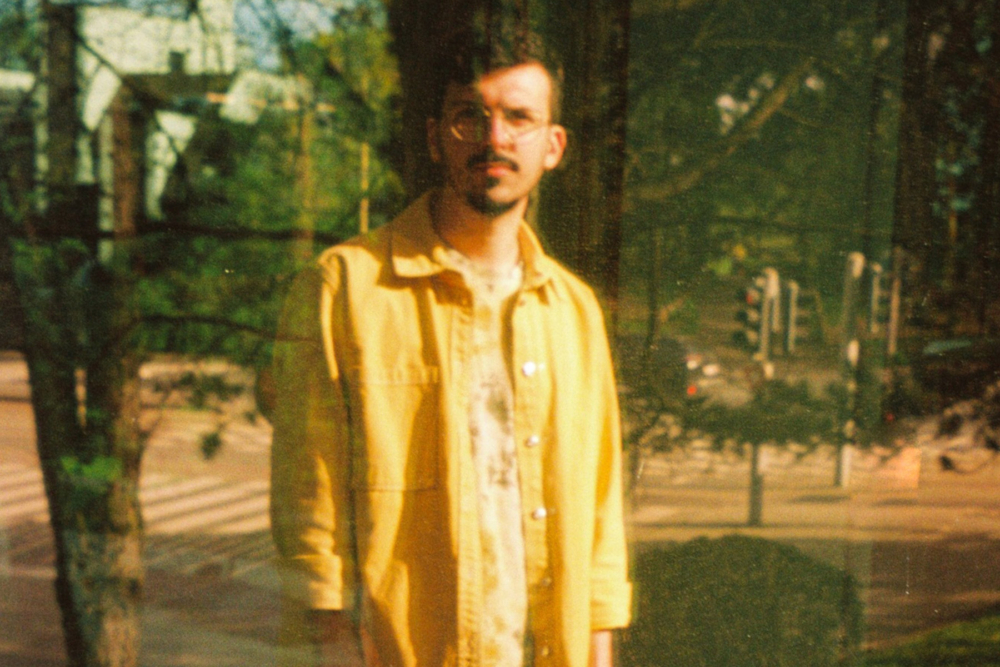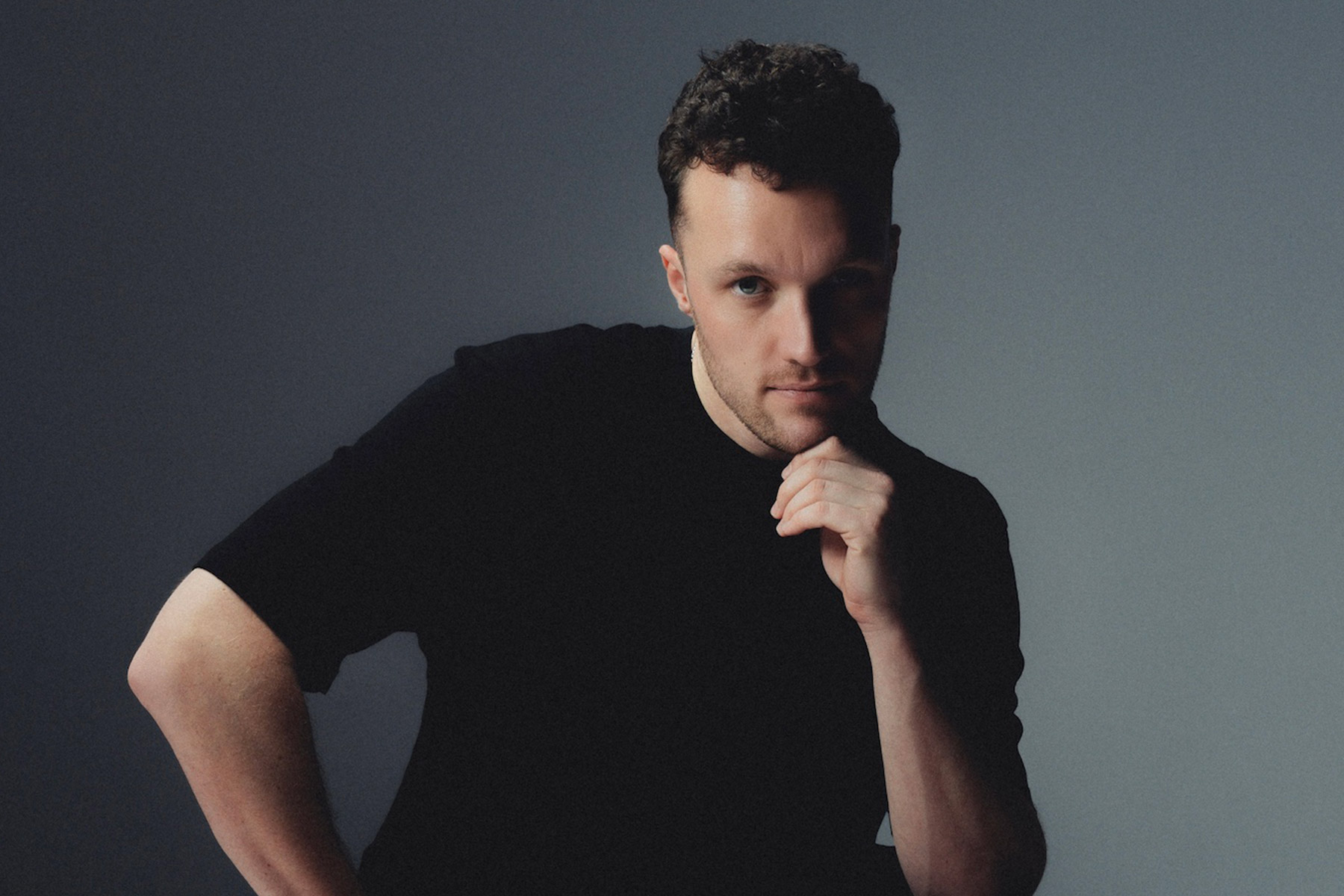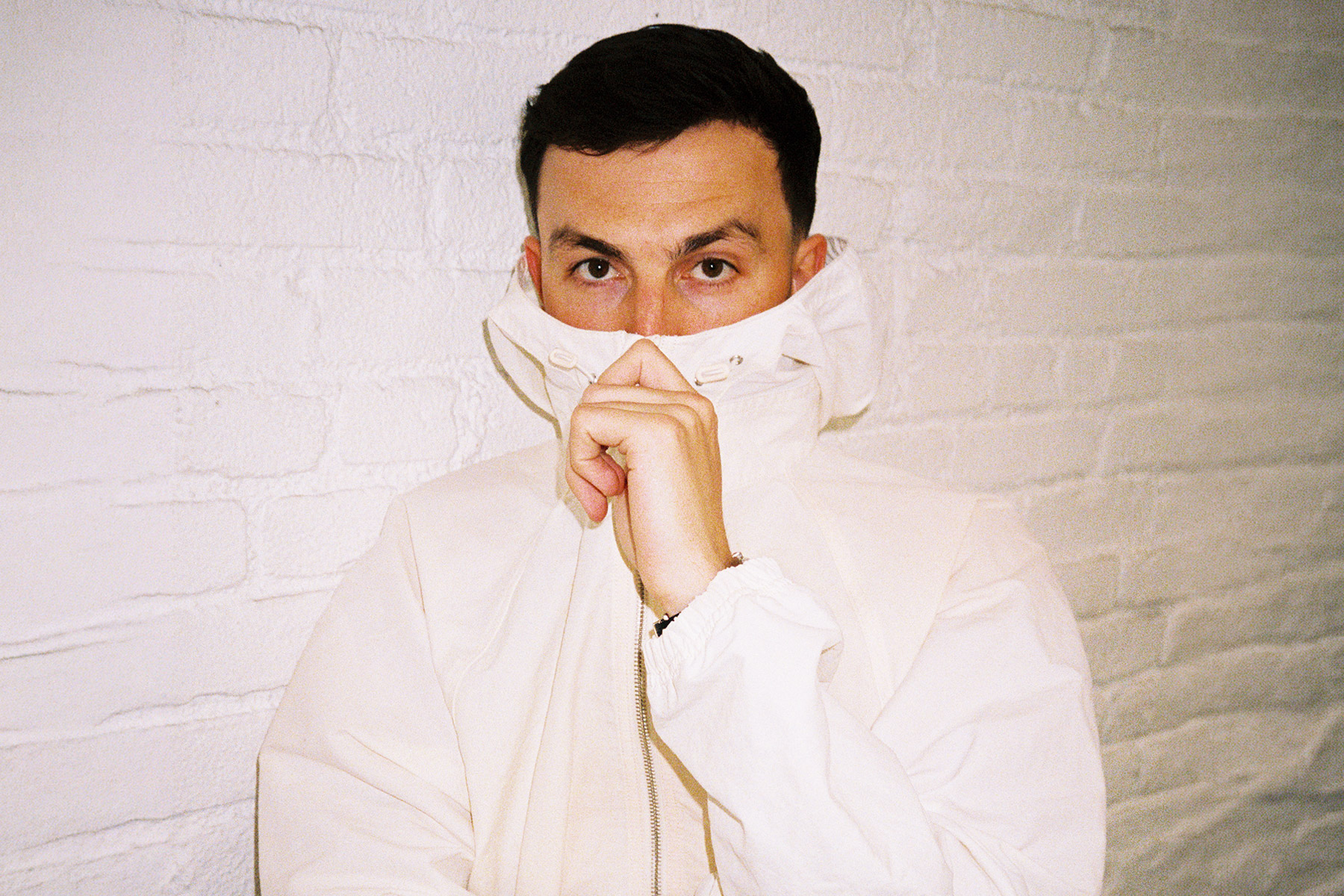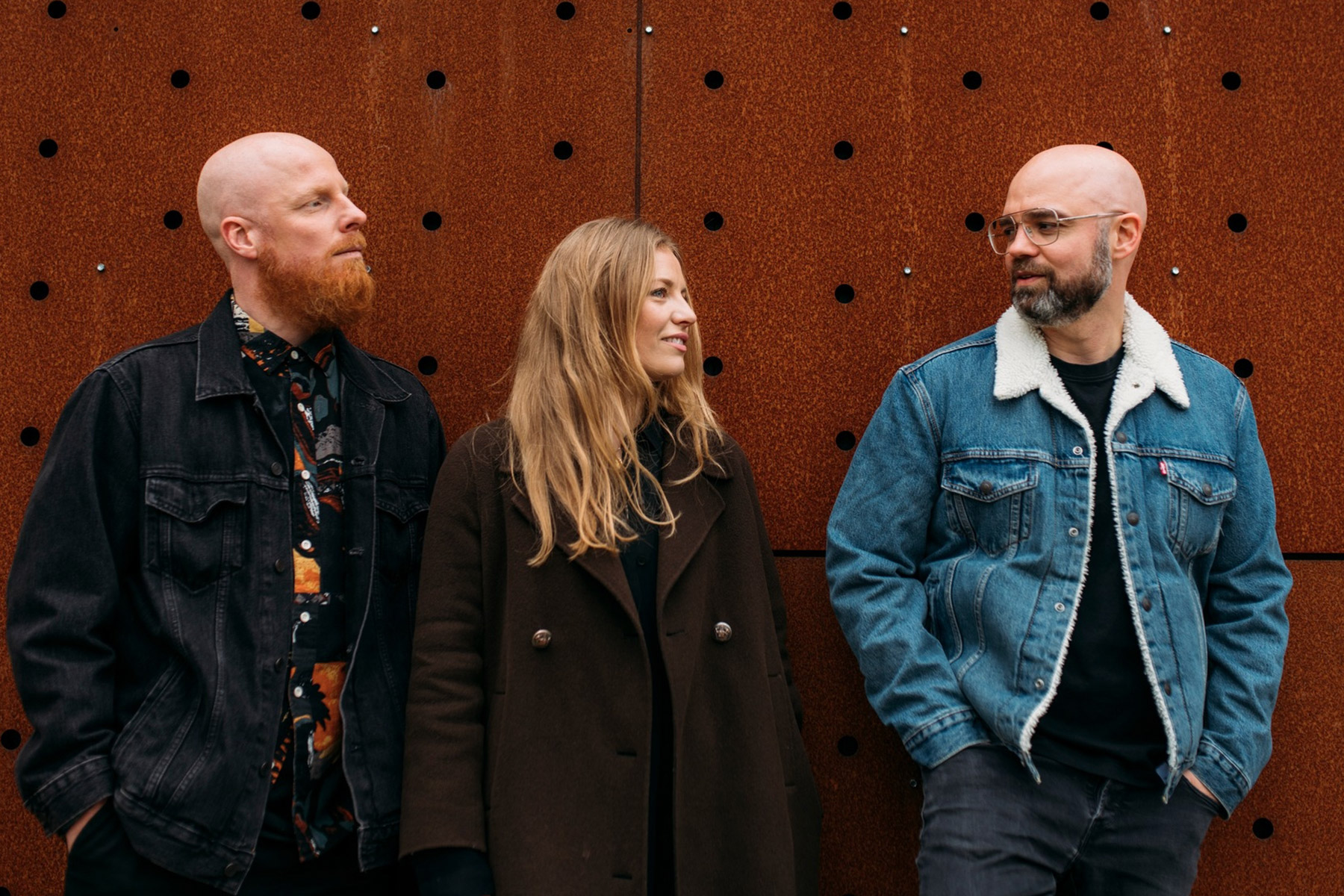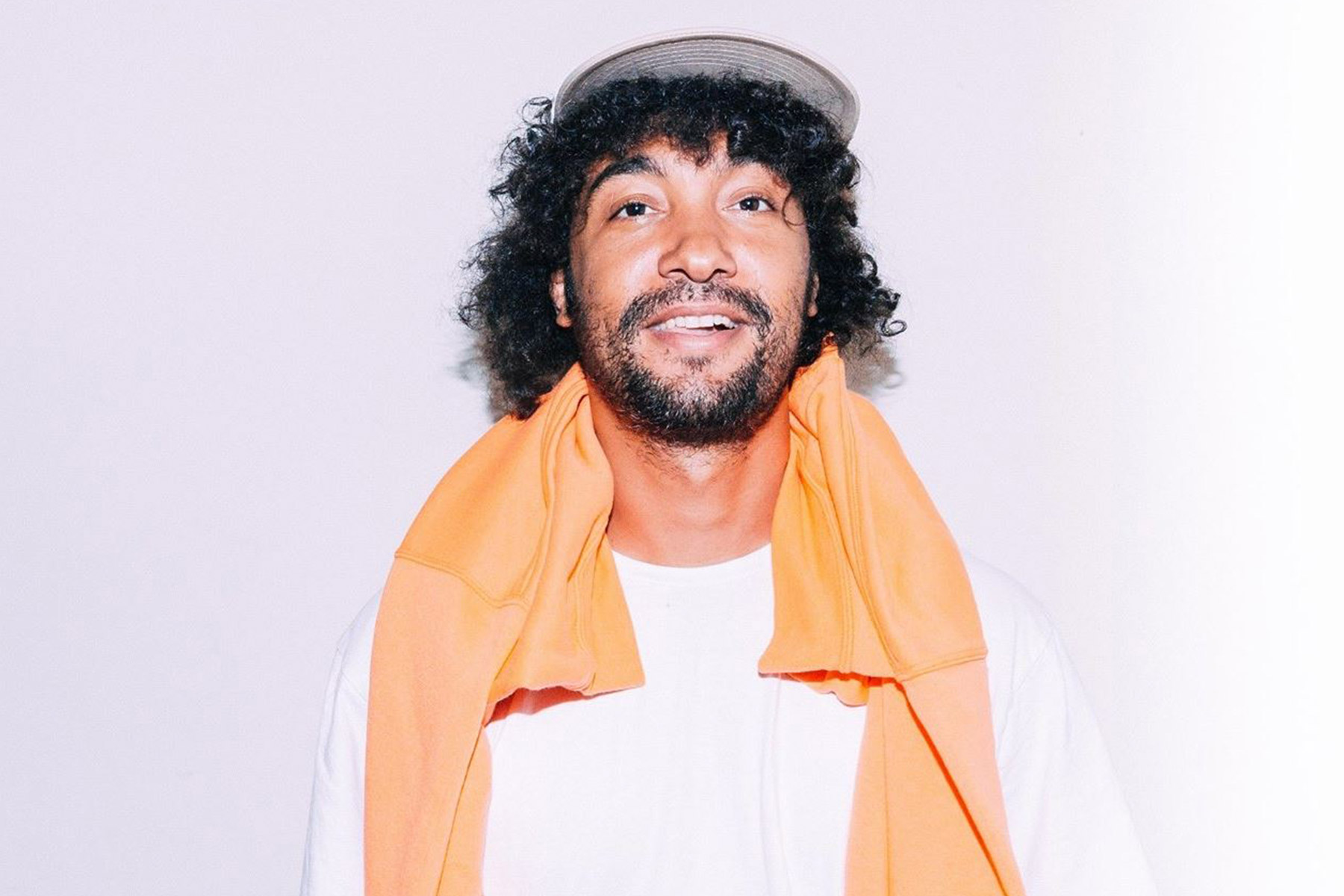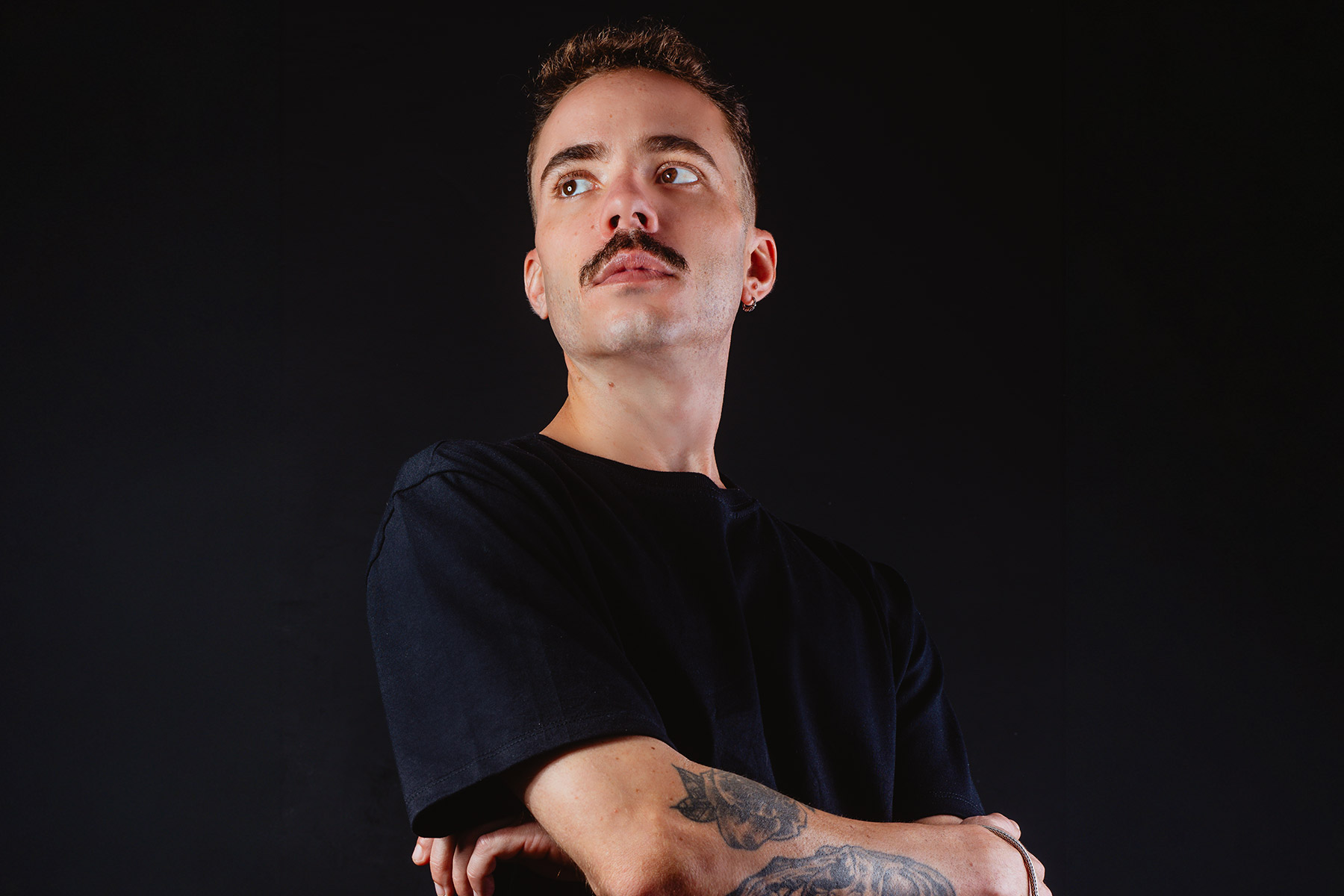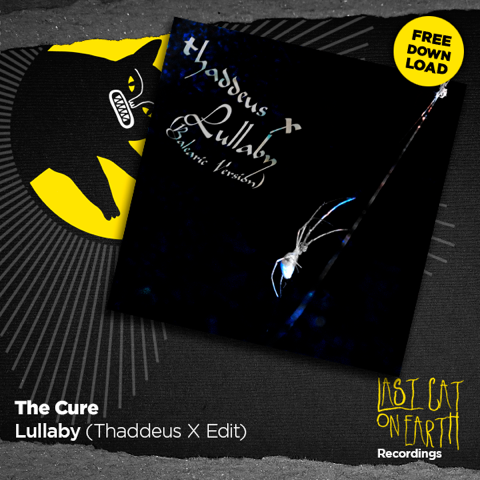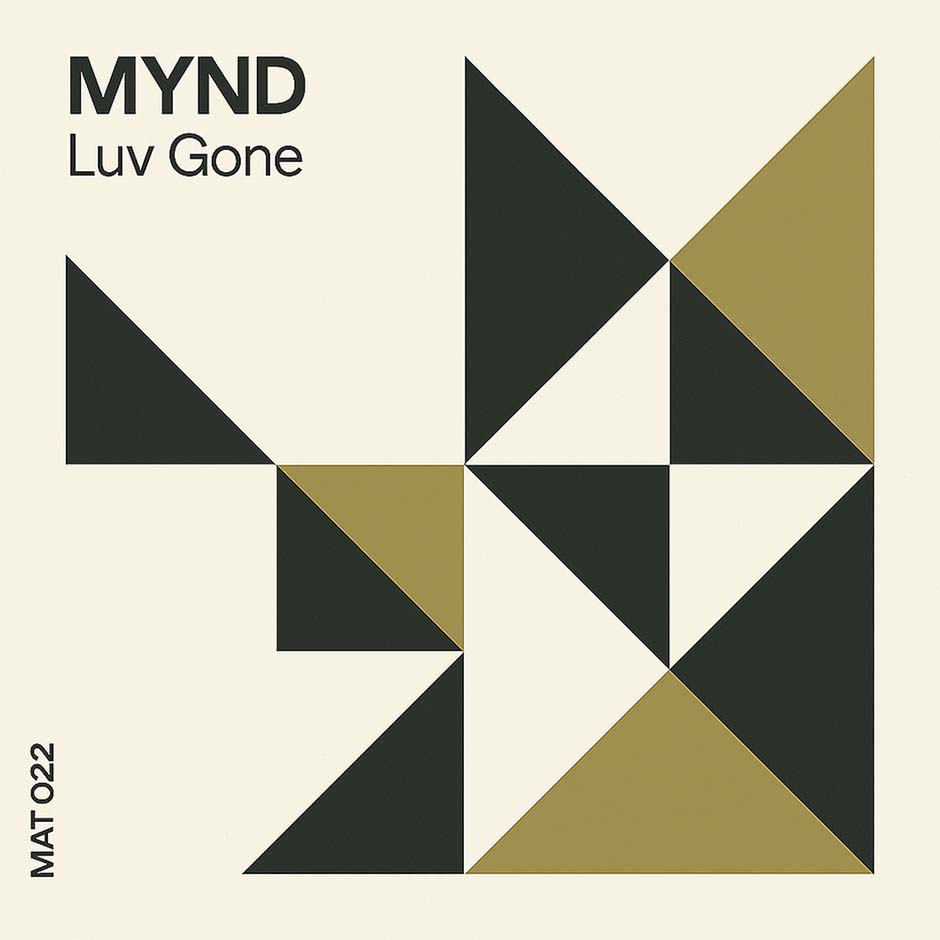VAAGUE, the innovative drums-and-electronics solo project by Antoine Pierre, draws inspiration from electronic music pioneers like Squarepusher, Clark, and Flying Lotus. With his debut album ‘Oktopus Mekaniks’ recently released via Shapes No Frames, Pierre brings his extensive musical background to the forefront.
Photo credit: Antoine Pierre – Facebook
A prominent figure in the Belgian music scene, Pierre’s versatility shines through his involvement in multiple projects including URBEX and Next.Ape, alongside collaborations with artists such as Philip Catherine and the TaxiWars jazz-rock experiment. His roster of performances includes work with Joshua Redman, Aaron Parks, and Ben Wendel.
VAAGUE’s distinct sound emerged through residencies at VOLTA and Le Botanique, drawing additional inspiration from Thom Yorke’s 2018 Tomorrow’s Modern Boxes tour. Following two successful EPs in 2021 and 2022, and collaborations with Le Motel, Amy Root, and Dorian Dumont (ECHT!), Pierre now opens his studio doors to share five essential tips for creative music production.
1. Don’t wait to be inspired
However daunting the fear of the blank page can be, you often can’t afford to be struck by the lightning of divine inspiration. To overcome that problem, I set myself some planned composing time throughout the week that I try to respect as much as possible. If I book myself 3 hours and I get tired after an hour and a half, I still keep going until I’ve used those 3 hours—you never know what great idea can emerge from those last 20 minutes!
2. Have fun with technology
We’re in an era of constant evolution in technology and that opens up so many doors, for better or worse. Nothing wrong about trying out the weirdest patches and controllers! The technology I’m using (Sensory Percussion by Sunhouse) allows me to use my acoustic drum kit as an MPC: sensors placed on the drums turn the acoustic signal into a MIDI signal that is sent to my computer and can trigger any sample I want! That way, I can spend endless hours jamming with samples while just playing a regular drum beat.
3. Jam without thinking about the result
Nothing blocks me more than thinking about the result of a track in progress. I usually record those jam sessions I just mentioned and let go of everything. Sometimes I set myself a BPM to have a canvas, sometimes it’s just completely open. I let it rest for a bit and then listen back with fresh ears. Usually, I isolate a 4-bar sequence that I find sick and that becomes the base for a new track!
4. Get creative with choke groups
A little trick I like to use is to play with choke groups: let’s say I have a sustained piano chord that’s triggered every time I hit the snare drum and a cycle of double bass notes triggered every time I hit the kick. It can get pretty muddy and confusing but if I program a choke group between them, then that chord stops any time I play the bass drum. Try it at different tempos and rates until you get that perfect Madlib-chopped-piano-sample vibe for real!
5. Use LFOs on harmonic content
I like to create some randomness in my melodies and chords. That way, it breaks up my writing automatisms. I like to use pretty simple chord progressions (2 to 4 chords) with a spacey melody on top. Then, I try different LFO settings that I send to that material: sometimes it doesn’t work but with a bit of searching, it can create really weird harmonic accidents that create new and fresh chord progressions!
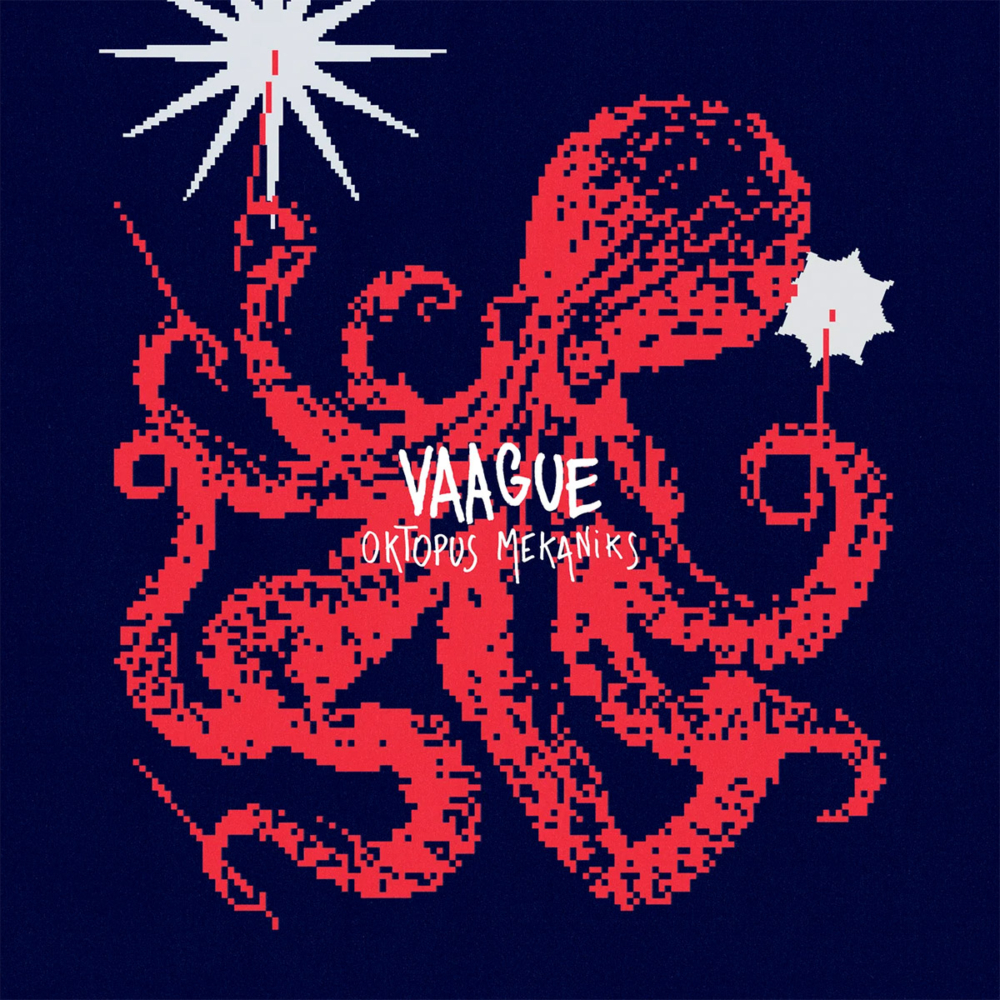
VAAGUE’s ‘Oktopus Mekaniks’ is out now on Shapes No Frame. Stream and download here.
Follow VAAGUE: Spotify | Soundcloud | Instagram | Facebook


